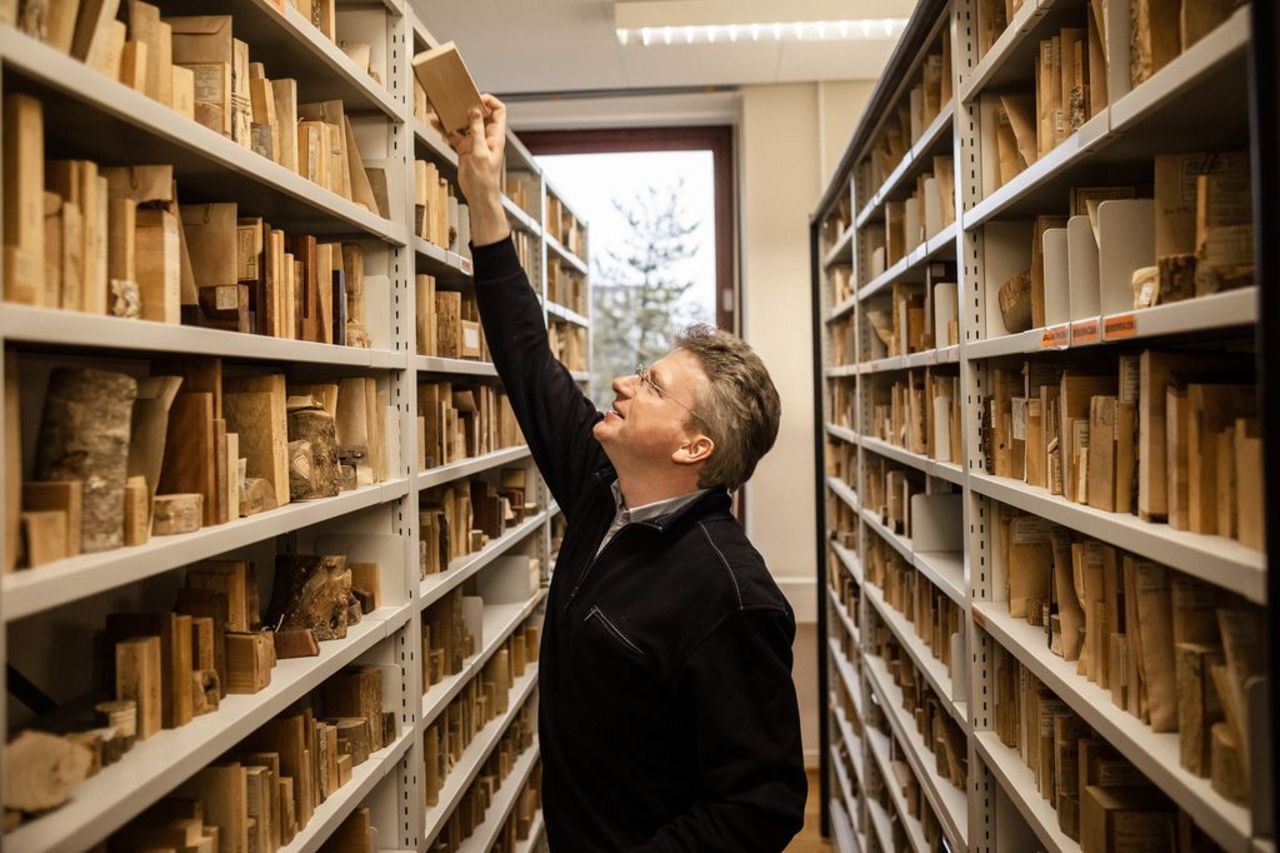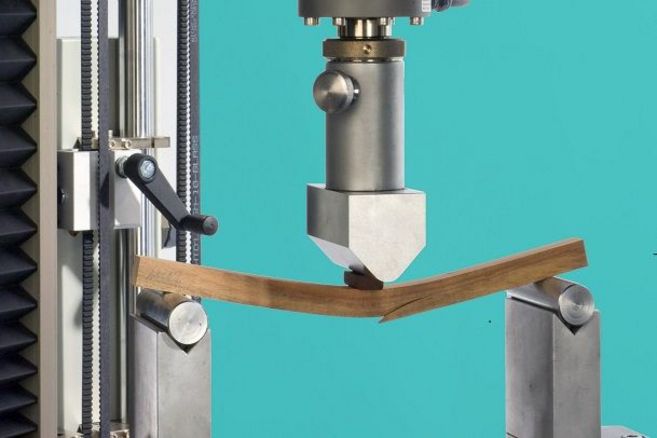Project
Wood Identification

Macroscopic and microscopic identification of internationally traded timber, wood products, and paper for the implementation of EUTR / HolzSiG / EUDR- / CITES guidelines (Thünen Centre of Competence on the Origin of timber)
Placing on the market of timber and timber products from illegal looging into the EU has been banned since March 2013. In order to comply with the timber trade regulation and CITES guidelines, the Thünen Centre of Competence on the Origin of Timber processes daily numerous wood anatomical identifications.
Background and Objective
The guidelines and laws on compliance of the new EU-Regulation on deforestation-free products (EUDR) and the Convention on International Trade in Endangered Species of Wild Fauna and Flora (CITES) require the unambiguous declaration of internationally traded timber and timber products. The clear identification of timber is also necessary, however, as relatively unknown substitute woods, so-called lesser known species, are increasingly being processed or imported as a result of globalized markets. Often these woods do not yet have any characteristic values for their properties. In order to check these legal and commercial issues, macroscopic and microscopic wood identification are conducted daily at the Thünen Institute of Wood Research.
The work (permanent activity) is integrated into the services of the Thünen Competence Centre of Competence on the Origin of Timber. In the Germany the Centre of Competence is appointed as the central contact facility for testing of wood and wood products, which are sent in by the inspectors of the Federal Agency of Agriculture and Food. The spectrum of anatomical wood identification includes solid woods and wood-based materials (e.g. plywood and fibreboard) as well as increasingly finished products (primarily furniture) and paper/products.
Target Group
Authorities, timber trade, associations and consumers
Approach
The Thünen Institute of Wood Research maintains one of the world's largest scientific wood collections with approx. 37,500 specimens and 50,000 microscopic sections. These collections serve as documented reference material for the macroscopic and microscopic identification of internationally traded woods and wood products.
For the anatomical identification of woods/wood products, microscopic sections (solid woods/plywood) and macerates (fibre boards/paper) of the samples are prepared. Under the light microscope, the solid woods and plywood can be compared and identified on the basis of approx. 90 anatomical structural features. In comparison, the number of usable structural characteristics for the anatomical identification of species (taxa) used in the macerates (fibreboard and/or paper) is limited to about 25 characteristics of the individual vessel elements.
A special 3D reflected light microscopy technique is used at the Centre of Competence for the novel identification of charcoal/briquette. With the help of the digital scanning technique, flat images of the fracture planes (surfaces) of the charcoal specimens can be produced in order to record the characteristic anatomical structural features.
Our Research Questions
Anatomical identification of wood and wood products. Which wood species are internationally traded?
Observation of market developments with regard to the import of new wood species, so-called lesser known species.
Preliminary Results
Since the foundation of the Thünen Competence Centre of Competence on the Origin of Timber in March 2013, a total of 4,560 test orders (corresponding to approx. 40,000 individual samples) of anatomical wood identification have been successfully processed.
The inquiries with annual growth rates of 25 to 30% primarily come 75% from timber trading companies and discounters (approx. 75% of orders), followed by the respective test orders (approx. 20%). The remaining 5% are requests from environmental associations (NGOs) and private individuals.
The highly requested anatomical wood identifications provide an important contribution to detect false declarations in trade documents and certificates and to prevent or monitor the import of illegally harvested or protected wood species.
Links and Downloads
www.thuenen.de/en/infrastructure/the-thuenen-centre-of-competence-on-the-origin-of-timber/
Thünen-Contact

Involved Thünen-Partners
Involved external Thünen-Partners
- Bundesanstalt für Landwirtschaft und Ernährung (BLE)
(Bonn, Deutschland)
Funding Body
-
Federal Office for Agriculture and Food (BLE)
(national, öffentlich)
Duration
Permanent task 3.2013 - 3.2033
More Information
Project status:
ongoing



![[Translate to English:] Logo des Bundesministerium für Ernährung und Landwirtschaft](/media/allgemein/logos/BMEL_Logo.svg)